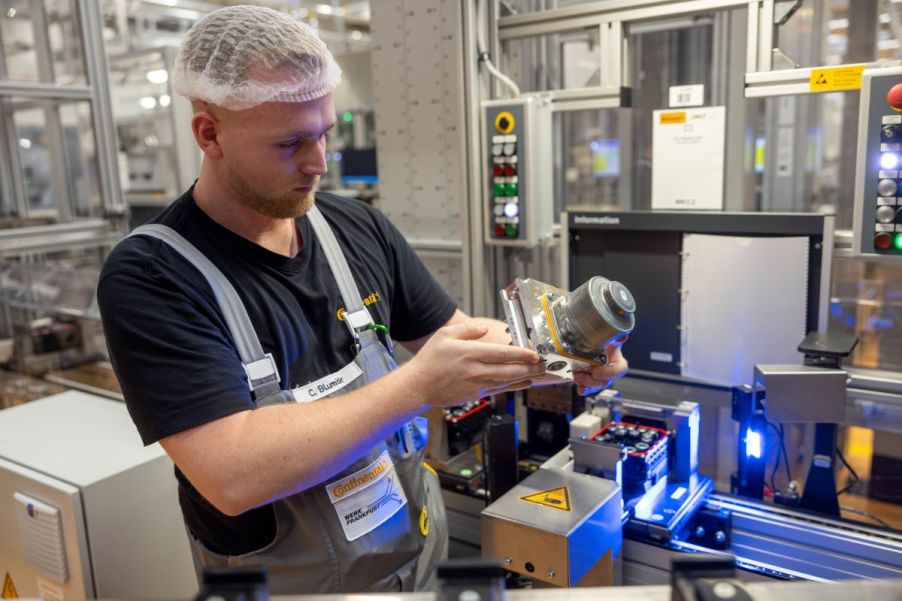
How Much Does It Cost to Replace a Master Cylinder?
A brake master cylinder is one of the most vital systems found on any vehicle. Your master cylinder is the main component found in your braking system, translating your pedal input into braking power. However, like any other vehicle component, it wears out over time, requiring maintenance and replacement.
So, what exactly does a master cylinder do? How much does it cost to replace one of these components? How can you tell if your master cylinder needs a replacement? Here is everything you need to know about brake master cylinders and how much you can expect to pay for a replacement.
How does a brake master cylinder work?
In its most basic form, a master cylinder compresses a piston, which sends hydraulic fluid pressure to your wheels, allowing your vehicle to stop. A master cylinder is connected to your brake pedal, and when you push your brake pedal, the part’s piston is compressed proportionally to how hard you press the pedal. On most older vehicles found before the mid-1960s, master cylinders were single-system units. These single-chamber master cylinders sent brake pressure to all four wheels with one piston. This proved incredibly dangerous, with a single brake fluid leak somewhere in the system leading to the failure of the entire braking system.
In most modern vehicles, master cylinders are broken into two main chambers. This ensures that the front and rear wheels brake independently, so a loss of brake power isn’t a catastrophic failure. Modern braking systems typically have a brake booster, which multiplies the pedal input power for easier braking. Another common component of modern vehicles is a proportioning valve. This valve is essential for vehicles with disc and drum brakes working together to exert the proper amount of fluid pressure on the respective wheels.
How much does it cost to replace a brake master cylinder?
If you need to replace your master cylinder, RepairSmith explains that, depending on your make and model, you should be ready to pay anywhere from $250 to $750 for a replacement. Like with any component needing to be replaced, these numbers all depend on part availability, individual shop labor costs, and how difficult it is to replace your vehicle.
Because brake master cylinders control such a vital system for vehicle safety, and the replacement costs are relatively high, what are some common symptoms of a failing master cylinder?
Common symptoms of failure
Your vehicle’s braking system is a closed system. For any proper braking, your master cylinder needs to be able to send braking power to all four wheels without any contaminants getting in the way. According to Autozone, one of the biggest telltale signs of a failing master cylinder is a mushy brake pedal. If air finds a way into your vehicle’s braking system, you can be dealing with a part that is allowing air into your brake lines. According to Gordon Automotive, some modern cars are also equipped with a brake system that will illuminate the check engine light if a master cylinder is failing.
Another easy-to-spot symptom of a failing master cylinder is the presence of brake fluid leaking directly from the auto part. Some brake fluid contains corrosive additives, and if your master cylinder is leaking, you may also see some rust forming on the firewall near the part. Another common symptom is uneven braking or uneven brake wear. It may not be sending equal brake power to all four wheels, which can lead to one brake doing all of the work, leading to premature brake wear.




